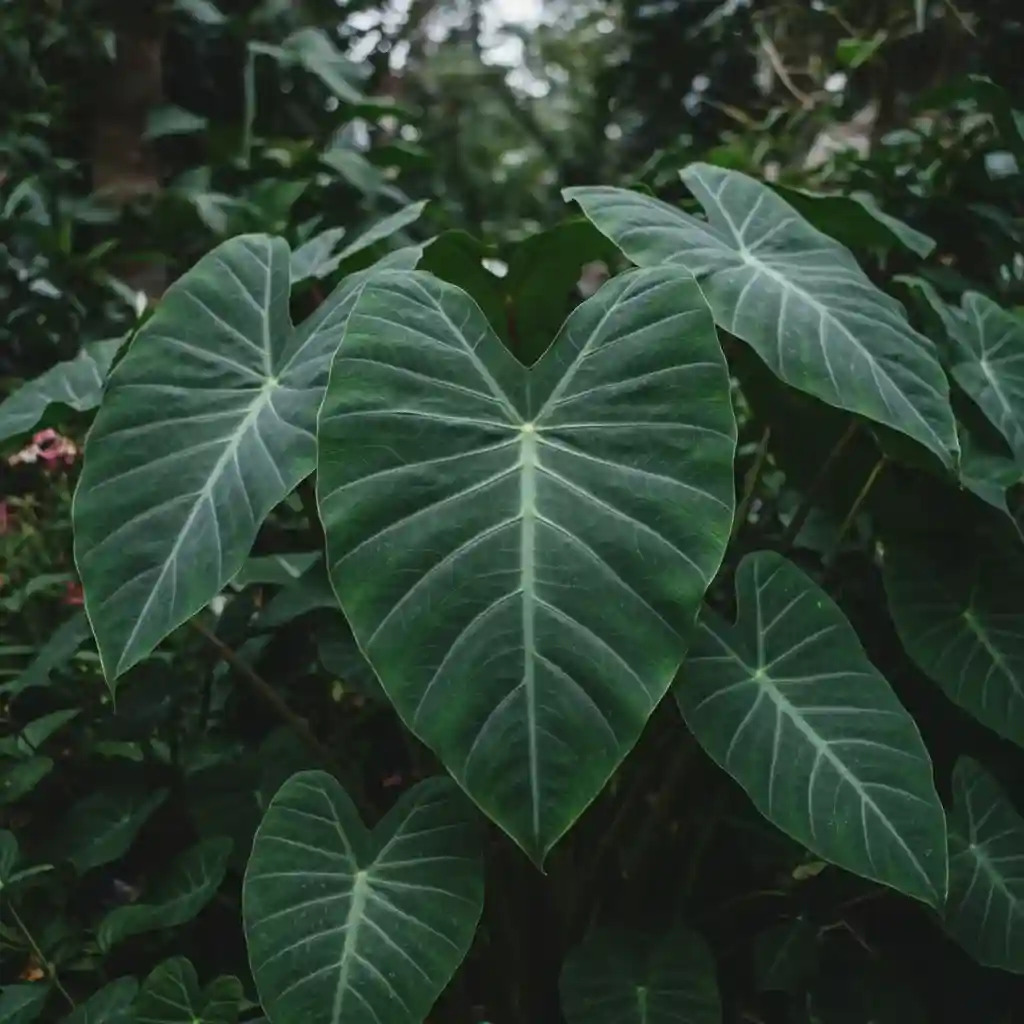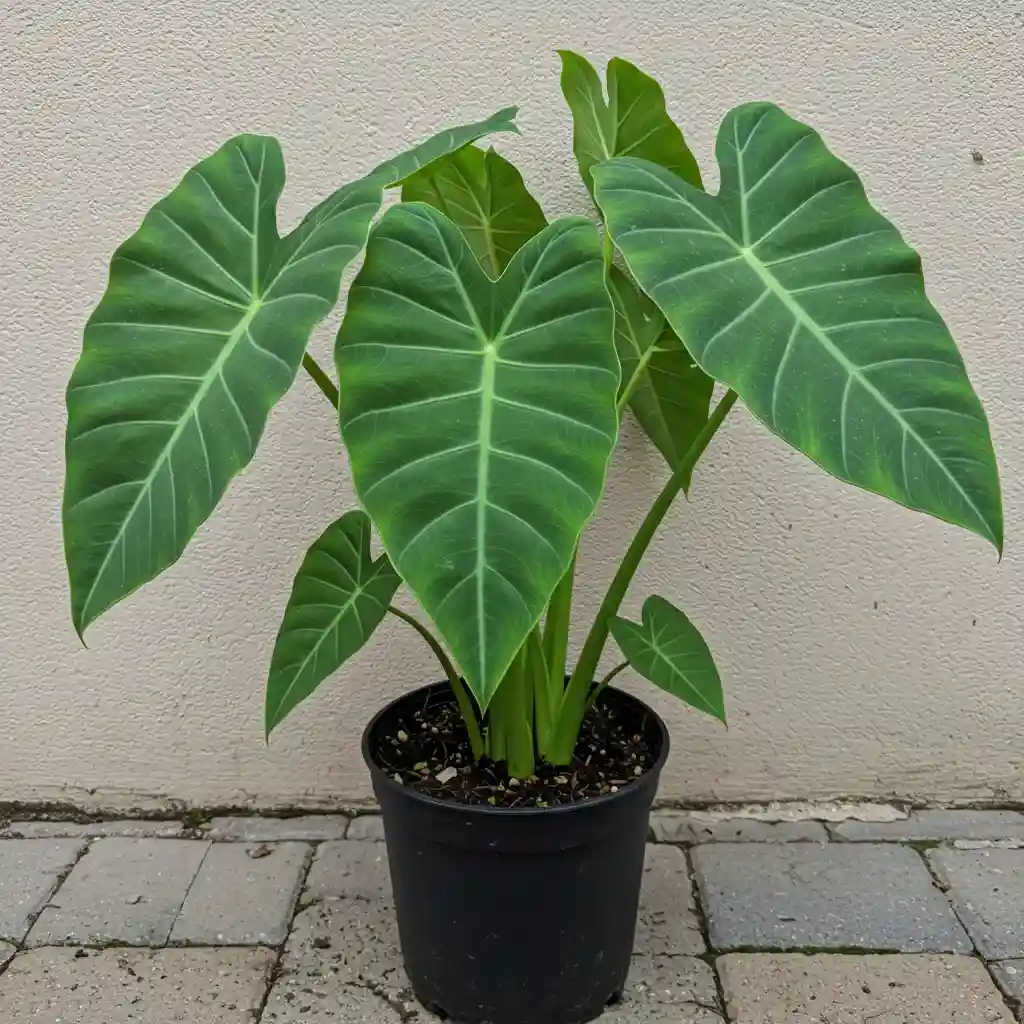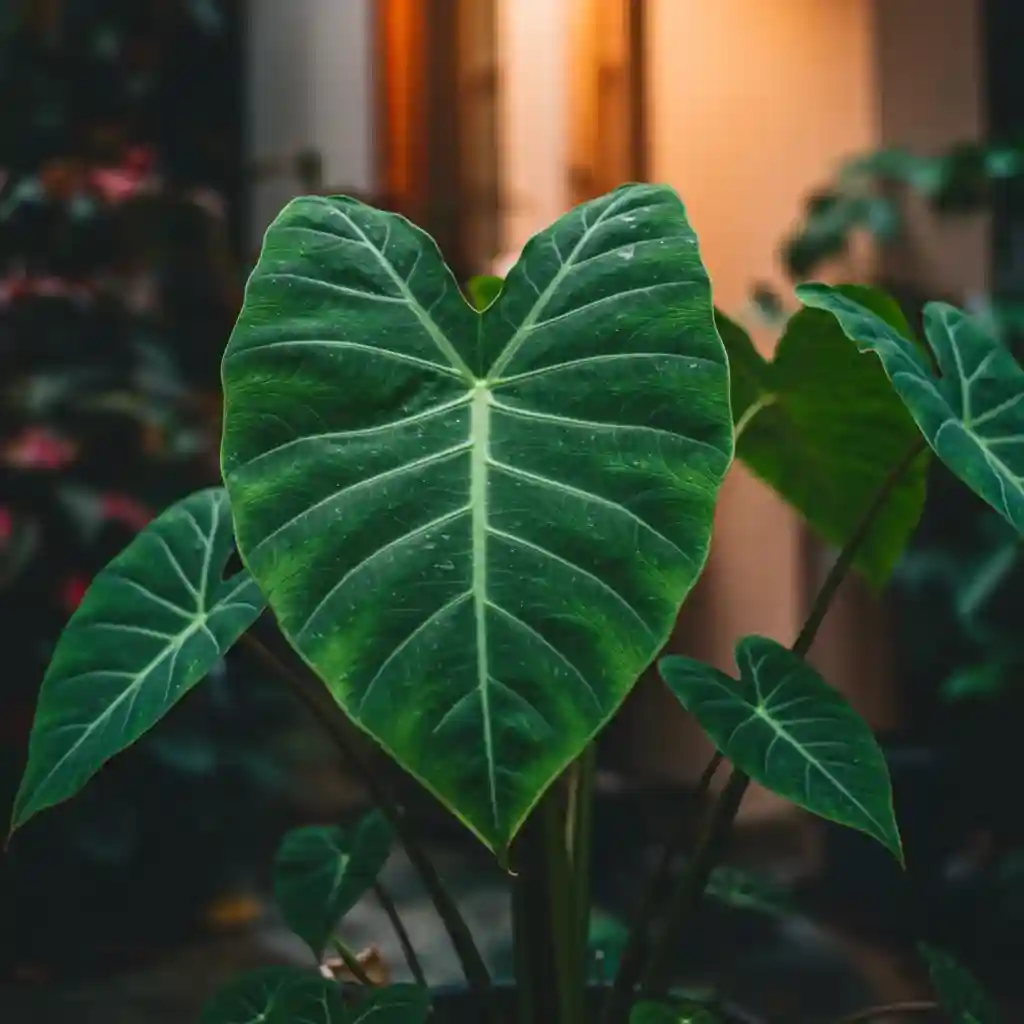If you’re looking to transform your garden into a lush, tropical paradise, few plants can match the dramatic flair of the elephant ears plant. Known for its massive, heart-shaped leaves and bold presence, this plant adds an unique twist to any outdoor or indoor space. Whether you’re a seasoned gardener or just diving into the world of tropical foliage, this guide will help you grow elephant ears like a pro.
What Is an Elephant Ears Plant?
The term elephant ears plant refers to several species in the genera Colocasia, Alocasia, and Xanthosoma. These plants are named for their enormous leaves, which resemble—you guessed it—elephant ears. Native to tropical regions of Asia, Africa, and Central and South America, elephant ears thrive in warm, humid environments and are a favorite among gardeners who want to make a bold statement.
Popular Varieties of Elephant Ears
There are many cultivars and species, but here are some of the most popular:
-
Colocasia esculenta: Often grown for both ornamental and edible purposes (taro root), it prefers wet soil and can grow quite large.
-
Alocasia macrorrhiza: Known for its upright, arrow-shaped leaves and striking vein patterns.
-
Black Magic Elephant Ear Plant (Colocasia ‘Black Magic’): This stunning variety features deep purple-black leaves that add dramatic contrast to green-dominated gardens.
Each variety has slightly different requirements, but they all share one thing in common—massive visual impact.
Ideal Growing Conditions for Elephant Ears Plant

Getting the growing conditions right is essential for cultivating healthy, vibrant foliage. Here’s what your elephant ears plant needs:
Light
Most elephant ears thrive in partial shade to full sun, depending on the variety. For example, Colocasia prefers more sunlight, while Alocasia can tolerate more shade. In hot climates, afternoon shade can prevent leaf scorching.
Soil
Rich, well-draining soil with high organic matter is ideal. These plants love moisture but hate standing water (unless you’re growing a bog-loving variety like Colocasia).
Water
One of the key aspects of elephant ear plant care is proper watering. These plants are moisture lovers—keep the soil consistently damp but not soggy. In dry regions or during hot summers, daily watering might be necessary.
Temperature & Humidity
As tropical plants, elephant ears thrive in warm temperatures (65°F and above) and high humidity. In USDA zones 8–11, they can grow year-round outdoors. In cooler zones, they are typically grown as annuals or brought indoors for the winter.
How to Plant Elephant Ears
Whether you’re planting tubers in spring or transplanting potted plants, here’s how to do it right:
Planting from Bulbs or Tubers
-
Wait until the soil warms (at least 65°F) to plant outdoors.
-
Dig holes about 4–6 inches deep.
-
Place the tuber flat-side down (growing point up).
-
Cover with soil and water thoroughly.
-
Space plants 2–4 feet apart to give them room to grow.
Transplanting Potted Plants
-
Choose a large container with drainage holes.
-
Use nutrient-rich, well-draining potting mix.
-
Water well and place in a warm, bright location.
Elephant Ear Plant Care Tips
Proper elephant ear plant care is essential for lush growth and longevity. Follow these tips for success:
Fertilizing
Elephant ears are heavy feeders. Use a balanced, slow-release fertilizer or feed with a liquid fertilizer every 2–3 weeks during the growing season. High-nitrogen fertilizers will promote lush foliage.
Pruning
Prune away yellow or damaged leaves to keep the plant healthy. Use clean, sharp scissors or shears.
Pest & Disease Management
Common pests include:
-
Spider mites
-
Aphids
-
Mealybugs
To control pests, spray with neem oil or insecticidal soap. Keep the foliage clean and avoid overwatering to prevent fungal diseases like root rot.
Overwintering
In colder climates, dig up the tubers before the first frost:
-
Trim the leaves back.
-
Clean the tubers and let them dry.
-
Store them in a cool, dry place in peat moss or sawdust.
Black Magic Elephant Ear Plant: A Unique Showstopper
Among the most eye-catching varieties, the black magic elephant ear plant (Colocasia ‘Black Magic’) deserves special mention. Its velvety, deep purple-black leaves add a dramatic flair to any garden or container display.
Growing Tips for Black Magic
-
Prefers full sun to bring out the deepest color.
-
Loves moist soil, even tolerates bog-like conditions.
-
Benefits from frequent feeding to support vigorous growth.
If you’re looking to add visual contrast and intrigue, this variety is a must-have.
Do Elephant Ear Plants Flower?
Yes—though not commonly noticed, the elephant ear plant flower is a subtle but fascinating feature. These plants produce spathes and spadices, similar to those of calla lilies or peace lilies.
What to Expect
-
Flowers are pale yellow to white, hidden beneath the foliage.
-
Blooming usually occurs in mature plants, often in late summer.
-
While not the main attraction, the flowers can be a pleasant surprise.
Pro tip: If your goal is lush foliage, don’t worry if your plant never blooms—it’s normal for many varieties, especially when grown in non-tropical zones.
Container Gardening with Elephant Ears

Don’t have a backyard? No problem. Elephant ears grow beautifully in large containers and make stunning patio plants.
Container Tips
-
Use a pot at least 18 inches wide and deep.
-
Keep the soil consistently moist.
-
Position in bright, indirect sunlight or filtered sun.
-
Overwinter indoors by moving the pot inside before the first frost.
This makes elephant ears a flexible choice for both apartment dwellers and homeowners with limited space.
Landscaping with Elephant Ears
Their bold foliage makes elephant ears ideal for various garden styles:
-
Tropical garden beds
-
Pond borders or rain gardens
-
Background plantings for smaller, flowering plants
-
Mixed container arrangements
They pair beautifully with ferns, caladiums, cannas, and ornamental grasses.
Common Issues and Solutions
Yellowing Leaves
Cause: Overwatering, poor drainage, or nutrient deficiency
Solution: Check soil drainage, adjust watering, and fertilize appropriately.
Drooping Foliage
Cause: Underwatering, transplant shock, or temperature stress
Solution: Increase watering and keep in a stable, warm environment.
No Growth After Planting
Cause: Cool soil or rotting tubers
Solution: Wait for warmer weather or inspect tubers before planting.
Final Thoughts
The elephant ears plant is more than just a tropical ornament—it’s a living sculpture that brings drama, elegance, and a unique twist to any garden or indoor space. With proper care and attention, these leafy giants will reward you with jaw-dropping growth season after season.
Whether you’re captivated by the unique foliage of the black magic elephant ear plant, curious about the elusive elephant ear plant flower, or simply seeking expert elephant ear plant care tips, you’re now equipped to grow tropical foliage like a pro.
FAQ
1. Are elephant ears plants easy to grow?
Yes, elephant ears plants are relatively easy to grow, especially in warm, humid climates. They thrive with consistent moisture, rich soil, and plenty of sunlight. With the right care, even beginners can grow them successfully.
2. How do I care for an elephant ear plant?
Elephant ear plant care includes planting in well-draining, nutrient-rich soil, keeping the soil consistently moist, and providing partial to full sun depending on the variety. Regular fertilizing and removing dead leaves will keep the plant healthy and thriving.
3. Can I grow elephant ears indoors?
Yes, you can grow elephant ears indoors in a large pot with proper drainage. Make sure to place the plant in a bright area with indirect sunlight and maintain high humidity. Mist the leaves regularly or use a humidifier for best results.
4. What is the black magic elephant ear plant?
The black magic elephant ear plant (Colocasia ‘Black Magic’) is a striking variety known for its deep purple to black foliage. It adds dramatic contrast in gardens and containers and grows best in full sun and consistently moist soil.
5. Do elephant ear plants flower?
Yes, elephant ear plant flowers are real, though they’re not the main attraction. The plant produces a flower similar to that of a peace lily, with a spathe and spadix. However, flowering is rare, especially when grown in cooler climates.
6. Why are my elephant ears turning yellow?
Yellowing leaves can result from overwatering, poor drainage, or nutrient deficiencies. Make sure your soil drains well, reduce watering if it’s soggy, and feed your plant with a balanced fertilizer.
7. Can elephant ears survive winter?
In USDA zones 8–11, elephant ears can survive winter outdoors. In colder regions, you should dig up the tubers before the first frost, let them dry, and store them in a cool, dry place until spring.
8. How big do elephant ears plants get?
Depending on the variety, elephant ears can grow anywhere from 3 to 8 feet tall with leaves that span several feet in width. Colocasia tends to spread more widely, while Alocasia varieties grow more upright.
9. Are elephant ears toxic to pets?
Yes, all parts of the elephant ears plant are considered toxic to dogs, cats, and even humans if ingested. Keep them out of reach of children and pets, and wear gloves when handling to avoid skin irritation.
10. How fast do elephant ears grow?
Elephant ears grow quickly during the warm season, especially with proper care. You can expect to see growth within 3–8 weeks after planting tubers, depending on temperature and soil conditions.

